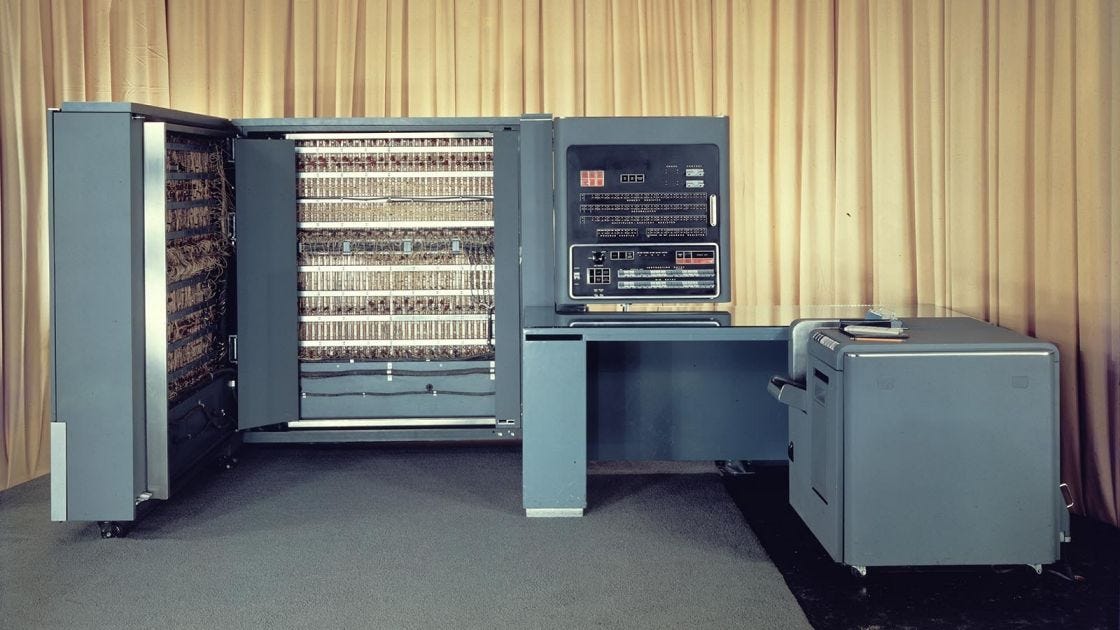
History is a funny thing, on some days the goalposts are moved.
Papers on AGI of Note | Related 📑
Sparks of AGI (2023)
…
Keep reading with a 7-day free trial
Subscribe to AI Supremacy to keep reading this post and get 7 days of free access to the full post archives.



